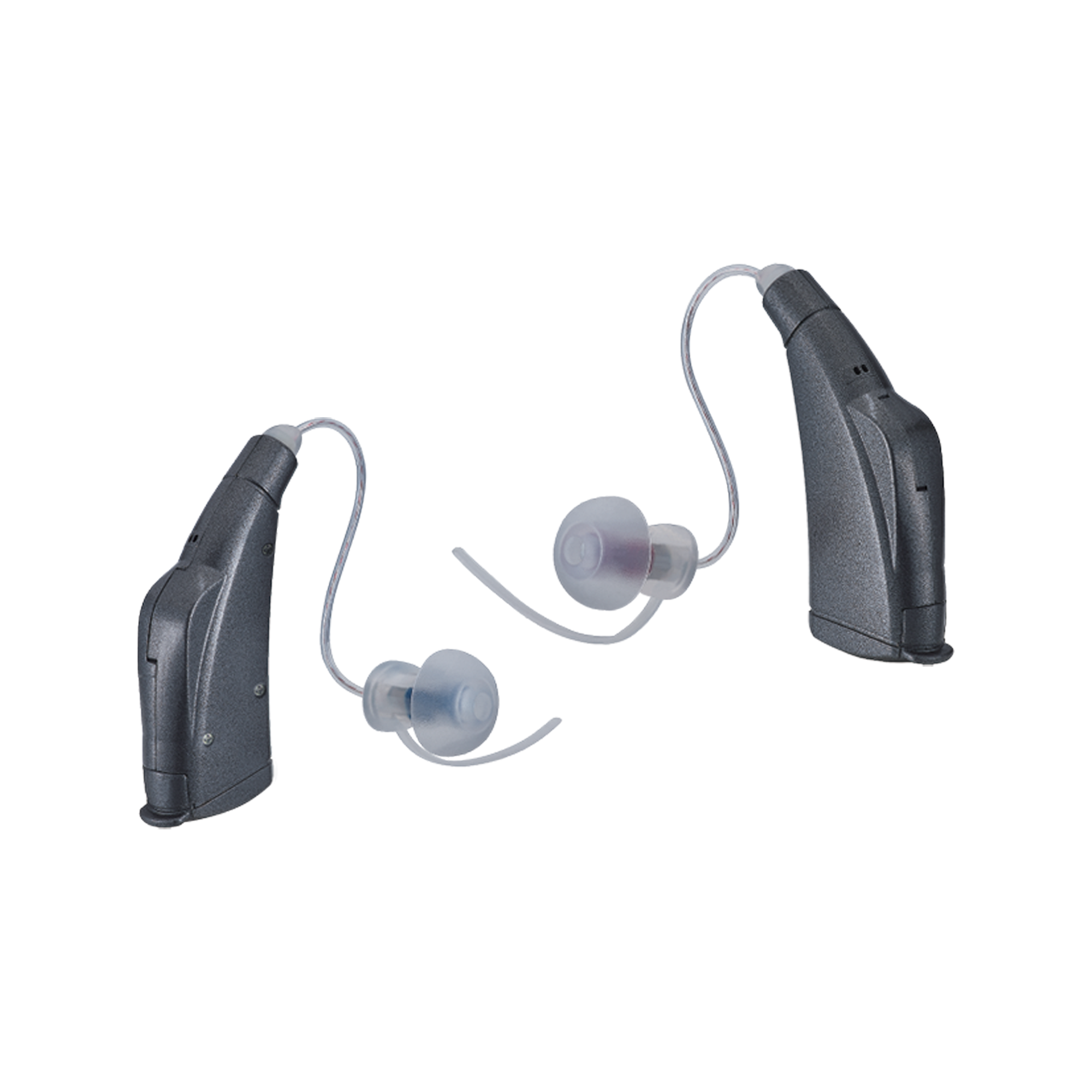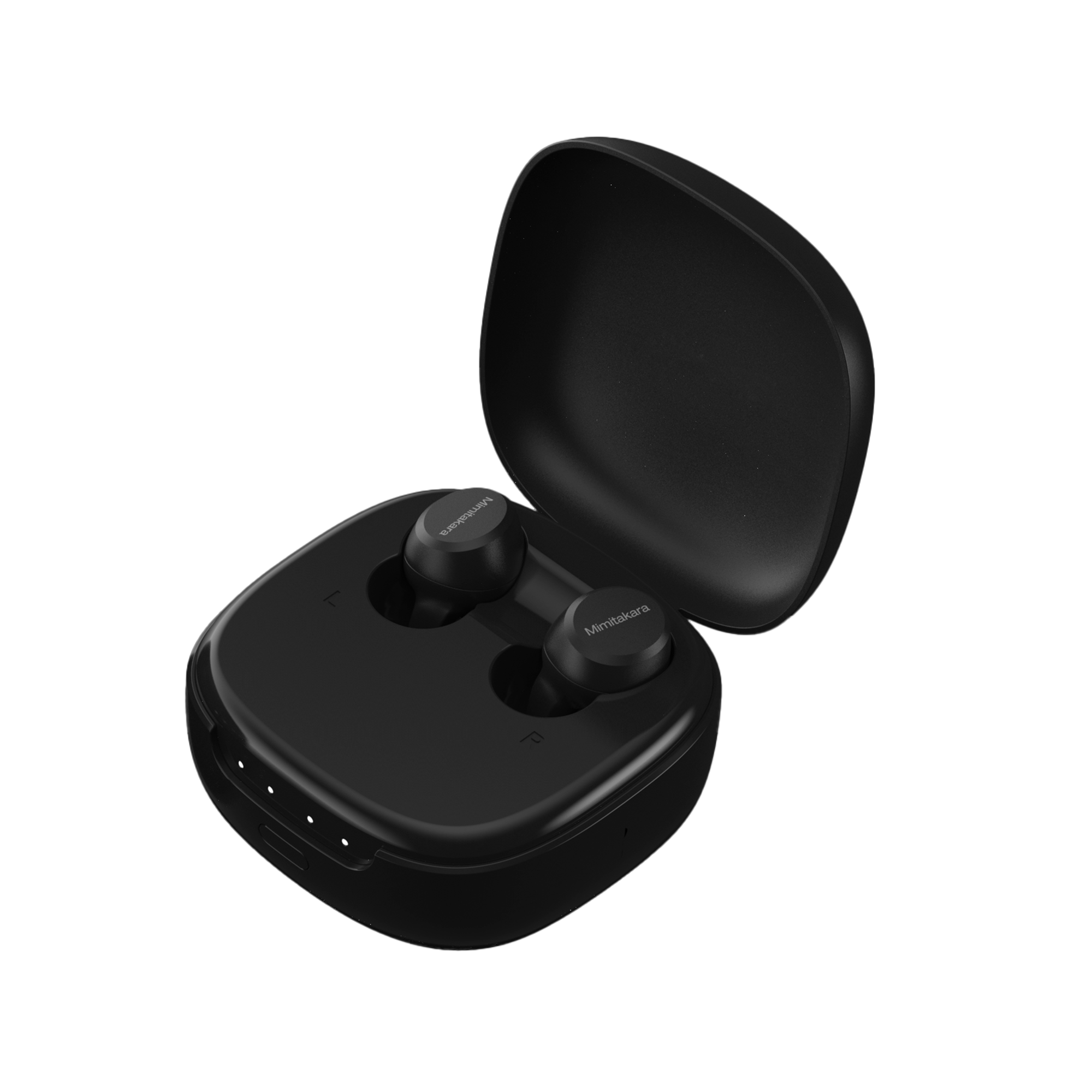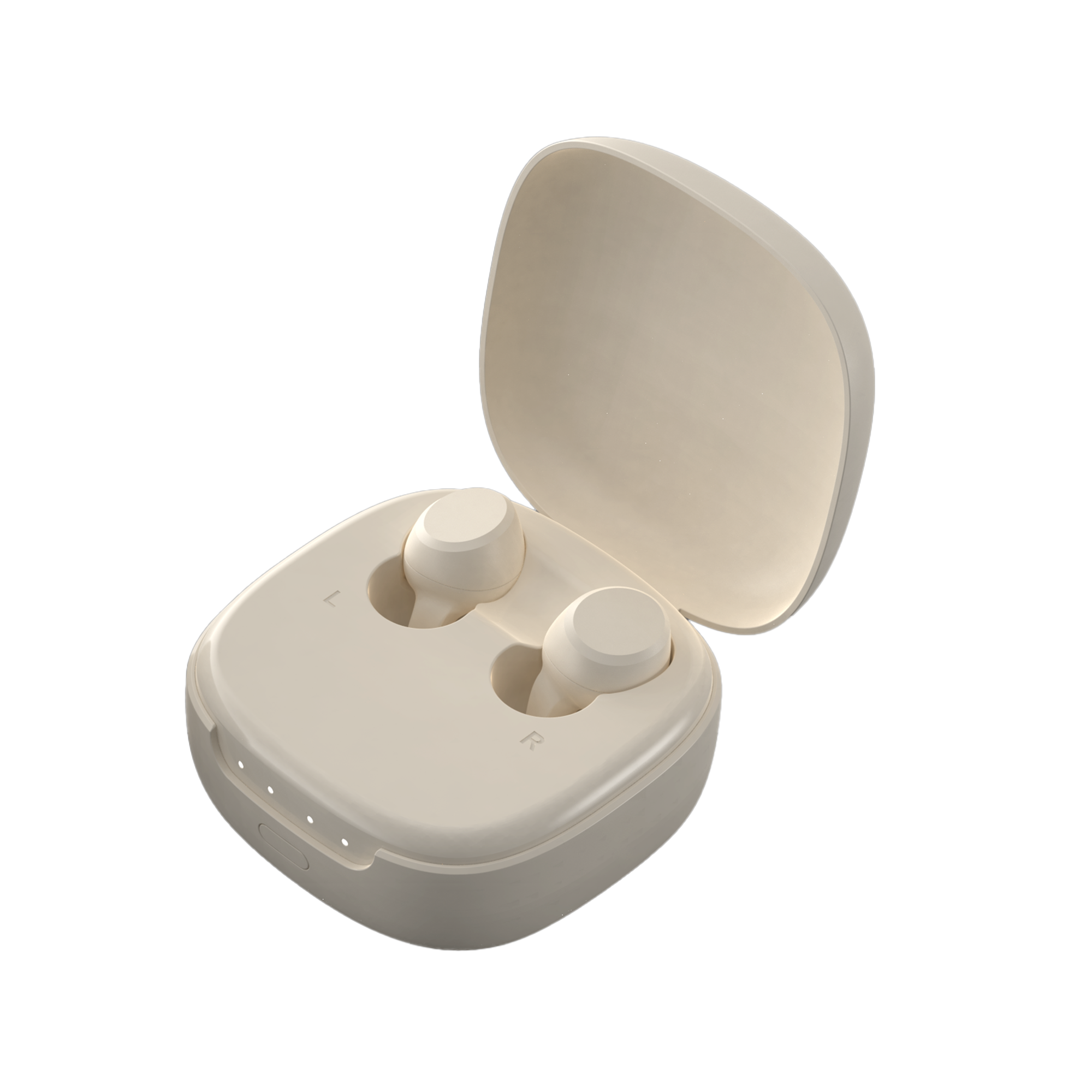In the quest for seamless integration of technology and daily life, Bluetooth Hearing Aids represents a significant advancement, promising an enhanced auditory experience for users. However, amidst the excitement, it's crucial to address a common concern: what are the disadvantages of bluetooth hearing aids? Despite their growing popularity and the convenience they offer, several underlying issues merit attention to ensure users are fully informed about the potential downsides of adopting this technology.
Increased Battery Usage
Bluetooth technology, while enhancing the functionality of hearing aids, significantly impacts battery life. The continuous data exchange required for advanced features like synchronization and streaming can increase battery drain substantially. For instance, streaming TV sound can drastically reduce battery life, with some products experiencing a higher current consumption than initially indicated by datasheets.
Battery Drain Due to Bluetooth
Bluetooth functionalities, especially streaming audio from devices like TVs and smartphones, require a constant connection that can triple the battery drain compared to non-streaming use. This heightened consumption can deplete batteries quickly, necessitating frequent recharges, particularly for heavy users.
Comparisons with Traditional Aids
Traditional hearing aids typically rely on disposable batteries, which, despite requiring regular replacement, do not suffer from the rapid drain associated with Bluetooth's power demands. Users who prefer simplicity may find traditional aids more suitable as they do not involve complex power management systems or the need for daily recharging.
Potential Solutions for Battery Issues
To mitigate battery drain, users can adjust settings to optimize battery life, such as reducing streaming time, turning off unnecessary features, and utilizing power-saving modes. Additionally, advancements in battery technology may soon provide longer-lasting solutions that require less frequent charging, thus enhancing user convenience.
Potential Connectivity Problems
Common Connectivity Issues
Bluetooth hearing aids often face connectivity challenges, such as intermittent connections and difficulties pairing with devices. These issues are frequently linked to software updates from smartphone manufacturers, which can disrupt the stable connection between the hearing aids and the devices. Users may find that their hearing aids suddenly refuse to connect, or only audio streams to one ear, often due to body interference or the specific positioning of the phone.
Impact on Hearing Aid Performance
Connectivity problems can significantly impact the performance of hearing aids. Issues such as audio dropouts, poor sound quality, and delays in audio streaming are common when there are connectivity interruptions. These disruptions can degrade the user's hearing experience, particularly during activities that rely heavily on clear audio input, such as phone calls or listening to music.
Ways to Solve Connectivity Problems
To address these connectivity issues, several steps can be recommended. Users should ensure their devices' software and hearing aid apps are up-to-date. If problems persist, restarting the devices or re-pairing the hearing aids with the smartphone can often resolve the issue. In cases where connectivity cannot be restored, consulting with a hearing care professional who can provide immediate assistance or necessary updates is advisable.
Higher Costs
Bluetooth hearing aids, while providing advanced features and connectivity, are typically positioned at the higher end of the price spectrum. The cost for these devices ranges from $699 to $7,500 per pair, significantly surpassing the cost of non-Bluetooth aids. This price difference is largely due to the sophisticated technology and additional functionalities that Bluetooth aids offer, such as streaming and enhanced user control.
Cost Comparison with Non-Bluetooth Aids
Non-Bluetooth hearing aids generally cost less because they lack the advanced features that Bluetooth models provide. For those seeking affordability, options like the Go Ultra model from Go Hearing, priced at $499, offer a cost-effective solution with Bluetooth streaming, presenting a stark contrast to the higher costs of more sophisticated models.
Additional Accessory Costs
Beyond the initial purchase, Bluetooth hearing aids often incur additional costs for accessories and specialized features. For instance, models with rechargeable batteries can cost more than their disposable counterparts, potentially adding $150 or more to the overall expense. Furthermore, app-compatible aids require development costs that are passed onto the consumer, increasing the total investment.
Considering Value for Money
Despite the higher price tag, the value offered by Bluetooth hearing aids can be substantial. Features like fall detection and the ability to fine-tune settings through an app provide significant benefits, particularly for users with specific needs such as older adults or those requiring precise sound customization. When evaluating the cost, potential buyers should consider how essential these advanced features are to their daily lives and overall hearing health .
Setup and Use Challenges with Bluetooth Hearing Aids
Initial device pairing issues often arise with Bluetooth hearing aids, especially during the first setup. Users should stay near their devices, ensuring both hearing aids and Bluetooth settings are enabled and discoverable for seamless connectivity. If difficulties persist, turning the devices off and on again or checking for electronic interference may resolve the issue.
User-friendliness is crucial for elderly users, as small controls and complex Bluetooth steps can be challenging. Devices like the Starkey series simplify handling with features designed for those with dexterity issues, making them a top choice. Professional assistance may be necessary when all troubleshooting fails. Hearing care professionals provide essential support, ensuring Bluetooth hearing aids function optimally and all features work as intended.
FAQs
Q1. What are some drawbacks of using Bluetooth hearing aids?
A: Bluetooth hearing aids, while convenient and feature-rich, consume a significant amount of battery power. This means you will need to recharge them more frequently compared to traditional non-Bluetooth hearing aids.
Q2. Are Bluetooth-enabled hearing aids a good investment? A: Bluetooth hearing aids offer significant benefits, including seamless wireless connectivity to devices like smartphones, tablets, and TVs. This connectivity enhances sound quality directly streamed to your hearing aids, making them a worthwhile investment for many users.
Q3. Do Bluetooth hearing aids pose any health risks? A: Studies, including those from Humanitas, suggest Bluetooth headsets and hearing aids are safe and do not pose health risks. The radiation emitted by these devices is actually lower than that of smartphones.
Q4. How do Bluetooth hearing aids differ from non-Bluetooth hearing aids?
A: The main difference lies in sound processing. Traditional analog hearing aids amplify all sounds equally, which can make it challenging to understand speech in noisy settings. Digital Bluetooth hearing aids, however, process sounds digitally, allowing for more tailored adjustments to suit individual hearing loss patterns.
Conclusion
Throughout this article, we explored the nuanced landscape of Bluetooth Hearing Aids, revealing various disadvantages alongside their benefits. These include increased battery consumption, connectivity issues, higher costs, and setup difficulties. Highlighting these factors aims to inform users and encourage manufacturers to address these issues. Acknowledging the limitations of Bluetooth hearing aids is crucial for ongoing innovation. Users should weigh the pros and cons based on their personal and financial situations. Ongoing research will reduce these drawbacks, improving hearing aids to better align technology with human needs and expectations.










